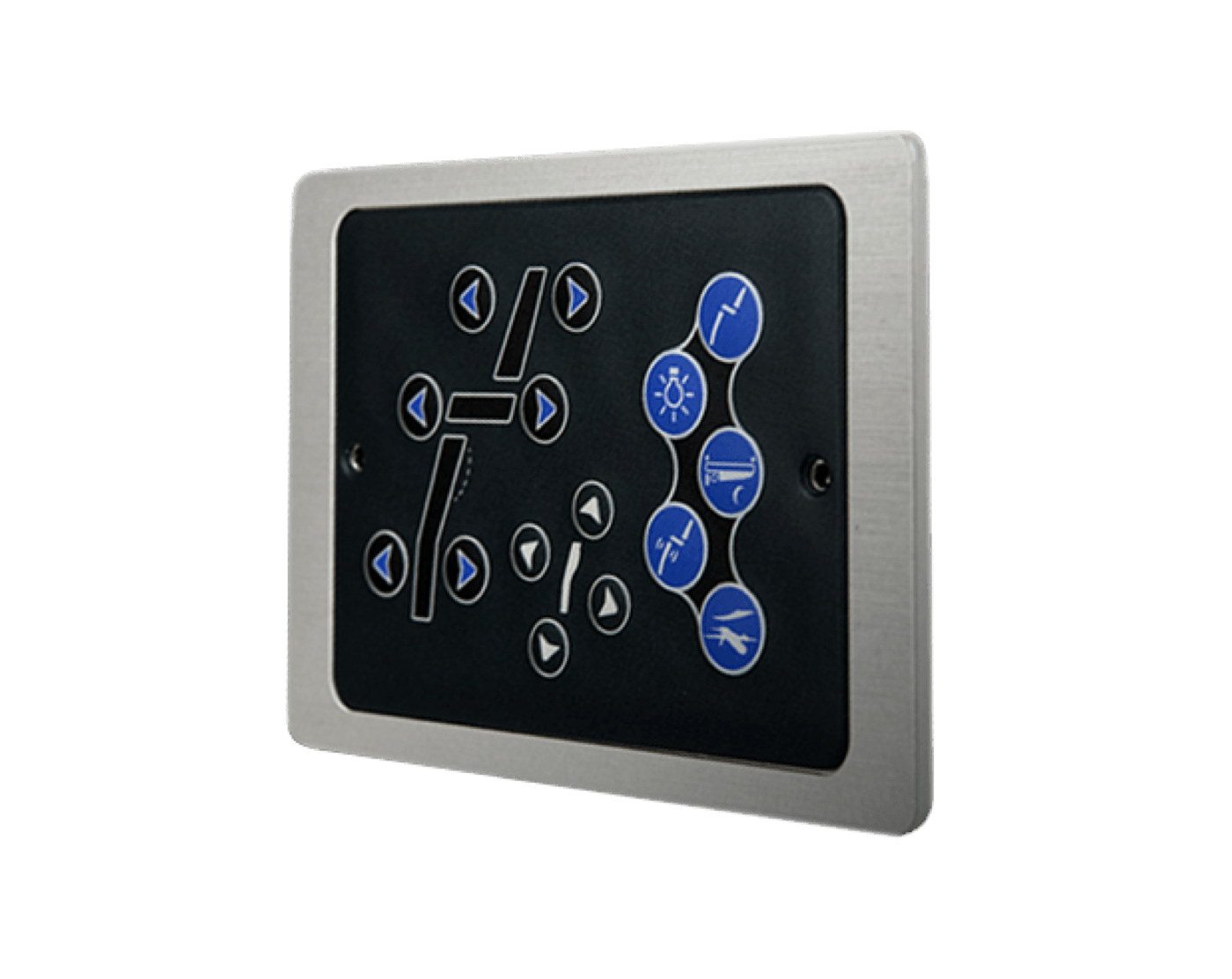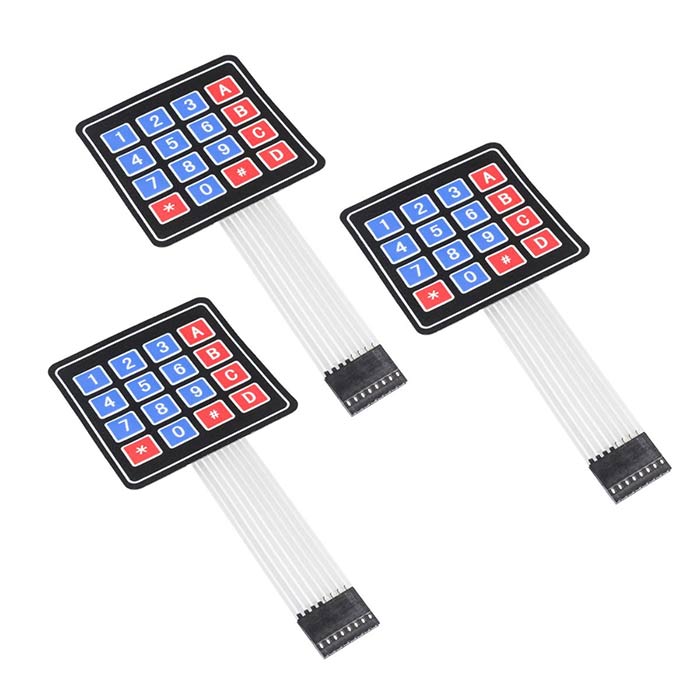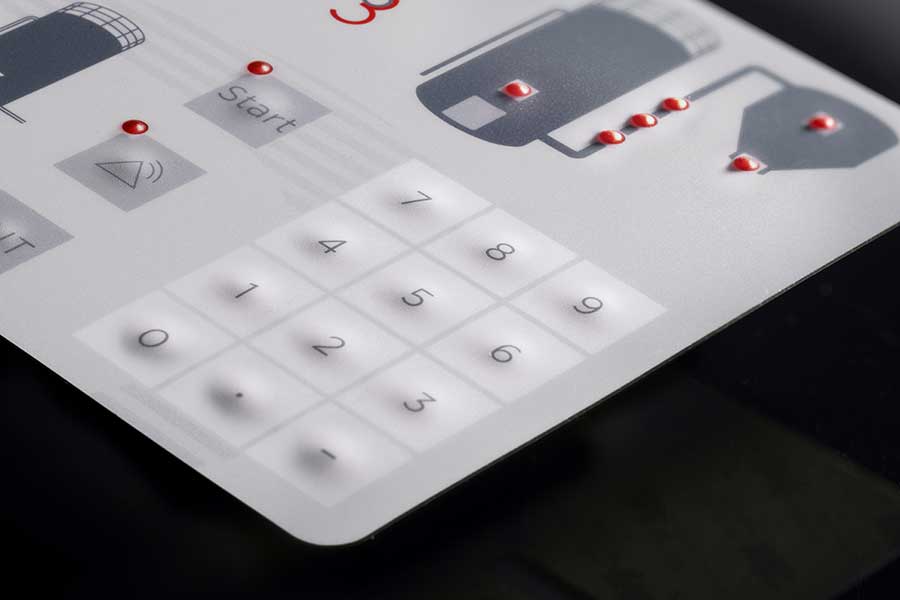All Concerning Membrane Layer Change: Understanding Its Layout and Functionality
When you think of the control interfaces in modern-day devices, membrane layer buttons often enter your mind. These components are much more than simply buttons; they mix design and performance perfectly. Recognizing how they work and what makes them efficient can alter your perspective on everyday electronics. There are nuances to their design and performance that you might not be conscious of. Allow's discover what sets membrane layer changes aside from other control systems.
What Are Membrane Buttons?

Membrane layer switches can likewise be customized pertaining to form, size, and graphics, permitting makers to develop special user interfaces tailored to details products. Generally, membrane buttons play a considerable role in improving customer experience throughout a broad array of applications.
How Membrane Switches Job
When you push a key on a membrane button, it activates a straightforward yet reliable mechanism. membrane switch manufacturer. The top layer, usually made of adaptable product, pushes down onto a conductive layer below it.
You'll discover that the tactile responses varies based upon the switch style, providing either a soft click or a more noticable action. As soon as you launch the trick, the membrane layer go back to its original placement, reopening the circuit and quiting the signal. This process happens nearly instantly, ensuring a responsive user experience.
Membrane layer buttons are popular because of their durability and resistance to dust and wetness, making them perfect for numerous applications, from household devices to medical tools. Understanding this procedure assists you appreciate their widespread use.
Trick Elements of Membrane Switches
Recognizing the essential components of membrane layer switches is basic for comprehending their performance and style. The protective layer guards versus ecological aspects and put on, expanding the switch's lifespan. By understanding these components, you'll obtain insight into exactly how membrane layer switches over run and their relevance in different applications.
Materials Utilized in Membrane Switch Over Layout
The efficiency and durability of membrane changes greatly depend on the products used in their design. You usually run into polyester and polycarbonate as primary substratums due to their superb strength and flexibility. These materials stand up to scrapes and chemicals, making them perfect for requiring environments.
The conductive layers frequently utilize silver or carbon, selected for their integrity and conductivity. membrane switch manufacturer. Silver supplies exceptional performance, while carbon is a cost-efficient option. For the overlay, you might take into consideration a matte or glossy surface, depending on your visual demands and user experience
Adhesives play a necessary role too; they bond layers safely and ensure durability. Make sure to select adhesives that hold up against environmental variables like temperature level and humidity. Lastly, do not neglect the importance of a good printing technique for graphics, as it improves both performance and visual charm. Picking the ideal products will assure your membrane layer switch stands the examination of time.
Design Factors To Consider for Membrane Buttons
While designing membrane buttons, it's essential to take right into account numerous variables that affect their performance and customer experience. Beginning by focusing on the format and switch dimension; make specific they're intuitive and very easy to navigate.
Validate your style fits ecological variables, like dampness or temperature variations, which could impact performance. By meticulously taking into consideration these elements, you'll produce a membrane layer switch that enhances usability and fulfillment.
Applications of Membrane Layer Switches
Membrane layer buttons are functional parts discovered in different applications, from industrial tools to customer electronics. You'll see their influence in makers that require sturdy interfaces and in gadgets that take advantage of streamlined styles. Recognizing these applications helps you appreciate the capability and usefulness of membrane switches in daily modern technology.
Industrial Devices Use
When you're looking to enhance the functionality of industrial tools, membrane switches provide a trusted service that incorporates durability with user-friendly style. These switches are perfect for harsh environments, offering resistance to dust, dampness, and chemicals. Embrace membrane switches to enhance your operations and boost general efficiency.
Consumer Electronic Devices Assimilation
In the domain name of consumer electronic devices, membrane layer buttons play a vital duty in boosting individual interaction and tool performance. Membrane layer buttons additionally guarantee resilience and resistance to dirt and dampness, prolonging the life-span of your electronics. By picking membrane layer buttons, you boost not just the performance however additionally the style of your tools, making everyday communications smooth and enjoyable.
Advantages and Drawbacks of Membrane Layer Switches
While membrane layer switches offer a variety of benefits, they also feature some downsides that you must think about. One substantial advantage is their portable design, making them ideal for check out here space-constrained applications. They're also economical, like this supplying a resilient service with a reduced manufacturing price. On top of that, their smooth surface area is easy to tidy, improving hygiene in atmospheres like hospitals.

Membrane layer buttons can have a shorter life-span compared to mechanical buttons, especially under heavy use. They can also be much less tactile, which might affect customer responses during procedure. Balancing these pros and disadvantages will help you figure out if membrane layer buttons are the right fit for your project.
Often Asked Inquiries
The Length Of Time Do Membrane Layer Changes Commonly Last?
Membrane layer switches over commonly last in between 5 to ten years, relying on usage and ecological problems. You'll desire to evaluate variables like wear, direct exposure to wetness, and temperature level fluctuations to assess their durability effectively.
Can Membrane Layer Changes Be Custom-made for Particular Designs?
Yes, you can customize membrane layer switches to fit particular styles (membrane switch manufacturer). You'll have the liberty to select colors, shapes, and layouts that match your task's needs, ensuring they mix seamlessly with your general visual
What Is the Cost Variety for Membrane Change Manufacturing?
The cost range for membrane button manufacturing usually drops in between $1 and $10 per system, depending upon factors like layout intricacy, quantity, and materials. You can get quotes from suppliers to locate the very best option.

Are Membrane Layer Switches Over Water Resistant or Resistant?
Membrane switches can be designed to be water-proof or immune, relying on materials utilized and building approaches. If you require them for damp settings, assure you specify those demands throughout the design procedure.
Just How Do Membrane Layer Switches Over Contrast to Typical Switches?
Membrane layer buttons are usually thinner and extra versatile than typical buttons, providing a sleek design. They're frequently easier to clean up and incorporate, yet could not supply the responsive comments you're made use of to with mechanical alternatives.
Verdict
